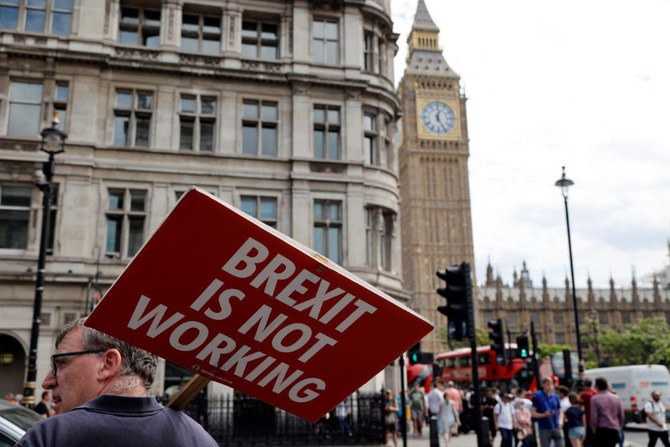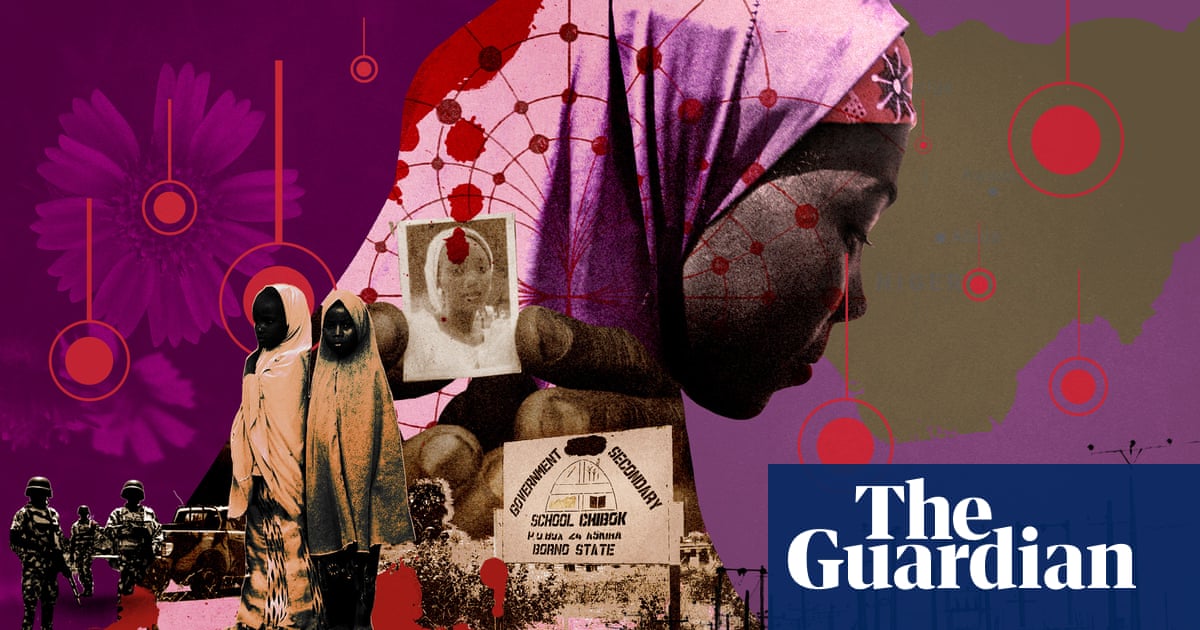
The somber 75th anniversary of the world’s first atomic bomb attack, which killed at least 140,000 people in Hiroshima, was marked on Thursday. Three-quarters of a century on, while there remains significant concern over states using nuclear weapons again, including North Korea, policy focus has shifted to the threat of atomic terrorism.
This nuclear terror agenda first became prominent on the international radar screen following the collapse of the Soviet Union in the early 1990s, when concerns were raised about safeguarding the former communist state’s extensive nuclear weaponry. More than two dozen states from Europe to Asia, including Pakistan, had at least 1 kg of highly enriched uranium (HEU) in civilian stocks. Moreover, since 1993, there have been more than 2,700 confirmed incidents of illicit trafficking, unauthorized possession or loss of nuclear and radioactive material reported to the International Atomic Energy Agency (IAEA).
It is the US, which dropped the nuclear bomb on Hiroshima — and, three days later, on Nagasaki too — that has historically been at the forefront of international efforts to prevent the spread of nuclear weapons and materials in the post-Cold War era. There has been significant bipartisan support in Congress on this agenda.
Moreover, the Obama administration held four Nuclear Security Summits (NSS) with more than 50 countries to focus on minimizing the use of HEU, securing vulnerable materials, countering nuclear smuggling, and deterring, detecting and disrupting attempts at nuclear terrorism. Barack Obama gave an ambitious deadline during his presidency to secure all vulnerable nuclear material around the world within four years.
While this was always unlikely to be achieved, the NSS process (which has fallen into abeyance during the Trump presidency) did reduce the amount of dangerous nuclear material and improved the security of much of this. For instance, enough HEU for some 3,000 nuclear weapons has been “downblended” in Russia and the US; about a dozen countries have returned their previous stockpile of HEU to its country of origin (mostly the US and Russia); a significant number of former nuclear facilities across the world are now both HEU and plutonium-free; and some 20 countries have launched a counter-nuclear smuggling initiative.
However, Harvard University’s Project on Managing the Atom rightly warned last year that “high-level political attention to nuclear security and overcoming obstacles has largely faded, international mechanisms for fostering nuclear security action and cooperation have not managed to fill the gap created by the absence of nuclear security summits, and political disputes continue to impede efforts to sustain or expand cooperation in crucial areas.” This is an extremely troubling situation.
It reflects the fact that — focusing again on the US — this agenda is not a high priority for the Trump team. Moreover, recent years have seen an erosion of congressional expertise and experience on preventing nuclear terrorism. Beyond the shores of the US, international cooperation on this agenda has also been stymied in recent years. For instance, relations between Russia and the West have chilled since Moscow’s annexation of Crimea and wider activities in Ukraine, and Russian representatives did not even attend some of the NSS summits.
While the international capability to tackle nuclear terrorism may be eroding significantly, the threat could be growing. In recent years, there have been a number of warning signals, including the Brussels terror attacks in March 2016, after which the authorities discovered that the perpetrators had been secretly watching a Belgian nuclear scientist who worked at the Tihange nuclear power facility, with the possible aim of using material from this facility.
Although some think tanks assert that the probability of a major nuclear terrorism event is very low, the consequences would be so dramatic that it remains a significant concern. After the Brussels atrocities, then-US Defense Secretary Robert Gates noted that “every senior leader, when you’re asked what keeps you awake at night, it’s the thought of a terrorist ending up with a weapon of mass destruction, especially nuclear.”
According to the Nuclear Security Governance Experts Group, detonation of even a small handful-sized amount of plutonium could kill or wound hundreds of thousands of people in a densely populated area. And the ensuing chaos would probably spiral outwards, potentially overwhelming medical facilities and causing major domestic and international travel problems. It could also trigger a significant macroeconomic shock by undermining consumer confidence.
While the international capability to tackle nuclear terrorism may be eroding significantly, the threat could be growing.
Andrew Hammond
Given the hurdles to terrorist networks obtaining weapons-grade material, perhaps the bigger danger is a small nuclear weapon or a radiological dispersal device (a so-called “dirty bomb”). Here, the complexity of the operation is much reduced, as conventional explosives would be used to spread radiation from a radioactive source. In December 2013, Mexican law enforcement authorities discovered a vehicle, believed to have been stolen by thieves, which contained radioactive medical materials that could have been used to power a dirty bomb.
With the threat of nuclear terrorism potentially growing, a major effort is now needed to increase international capability to tackle this danger. With the collapse of the NSS process, this effort will require greater resources and funding, and may need to be anchored to existing initiatives in other bodies, including the IAEA, so that the momentum is institutionalized as much as possible for the future.
Andrew Hammond is an Associate at LSE IDEAS at the London School of Economics.
Disclaimer: Views expressed by writers in this section are their own and do not necessarily reflect Arab News" point-of-view












